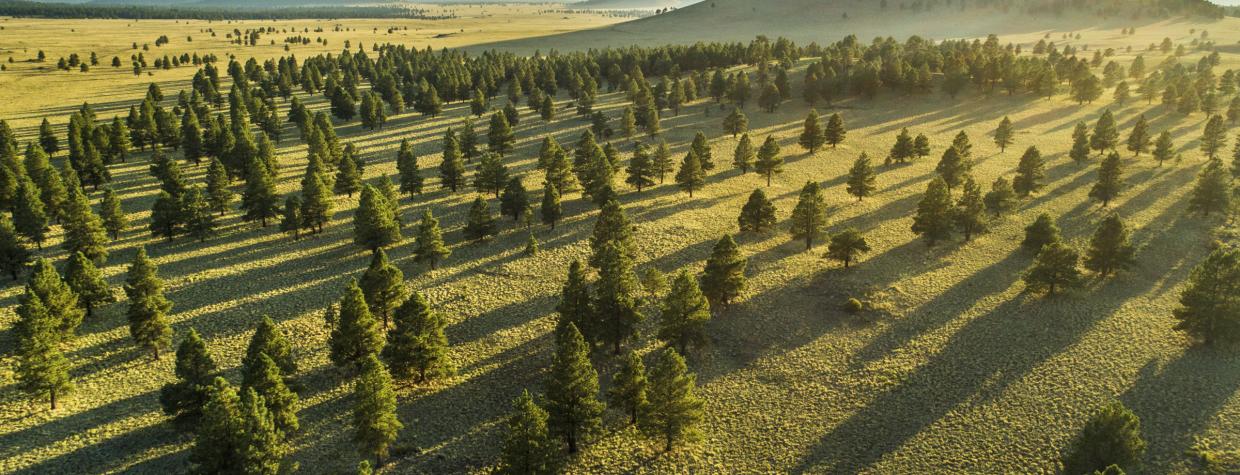JK: We’re seeing a lot more submissions made with drones. You’re a licensed drone pilot. What made you get into this?
LP: It was a combination of my interest and the demand from clients. In Texas, where
I used to live, the landscape is very flat, so an aerial shot is helpful because it shows you a lot more than a ground-based photo. In Arizona, where there’s more varied terrain, that isn’t as critical, but a drone can still give you a much different perspective.
JK: How does the licensing aspect work, and what made you take that step?
LP: If you do any kind of commercial photography with a drone, you have to be licensed, and the Federal Aviation Administration regulates that pretty strictly. There’s a bit of a learning curve to this kind of photography, but since it’s remote work, people who’ve played a lot of video games and are familiar with joysticks might be able to pick it up faster. You have to learn to fly the drone competently, and then you have to take classes and pass an FAA exam.
JK: What are some of the restrictions on when and where you can fly a drone?
LP: Drones are not allowed in federal wilderness areas, and they also generally aren’t allowed at National Park Service sites. There may be occasional exceptions to that, but if you see someone flying a drone at the Grand Canyon, there’s a good chance they’re not supposed to be doing that. There also are restrictions on how high you can fly the drone, to avoid interfering with other aircraft.
JK: In terms of photography, do the same practices and guidelines apply when you’re using a drone?
LP: Yes. Just like with ground-based photography, the early and late parts of the day
are the best times to shoot — which often means that when I’m out at those times,
I’m frantically switching between the drone and another camera to capture everything
I can. The nice thing about those times, as this photo illustrates, is that you can capture long shadows on large subjects, such as trees, and use them as leading lines, which isn’t always possible with ground-based photography. The drone is just another tool — a way to get your camera up in the air.
JK: Do you have any other tips for people starting out with drone photography?
LP: Stay away from other people when you’re first learning, and don’t go too high — often, just going 20 or 30 feet up can give you a really interesting view. Go somewhere scenic, but make sure you keep your drone in sight. That way, you can avoid running it into a tree or a cliff, and if it malfunctions, you can get to it. Overall, just be very cautious until you get better at moving the drone around.
Do you have a question about photography? Email it to [email protected], and our photo editor, Jeff Kida, will try to answer it in a future issue.

